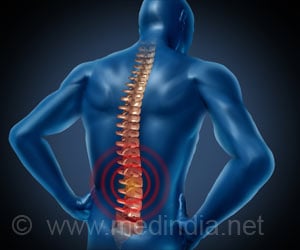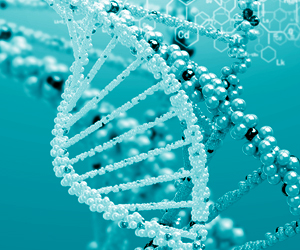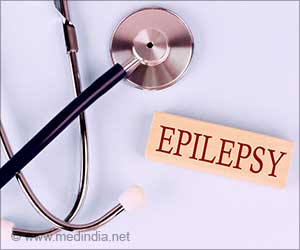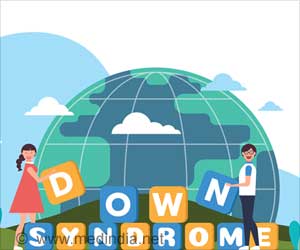Olympic athletes would now be able to genetically enhance their muscles to be faster and stronger, if they are not already - all thanks to the revolutionary 'gene doping'.
Gene doping makes use of techniques similar to gene therapies developed to treat muscle-wasting diseases, like muscular dystrophy.Theodore Friedmann, a gene therapy researcher at the University of California, San Diego said that when injected into an athlete, a harmless virus could carry a performance-enhancing gene and splice it into a muscle cell.
In fact, scientists have been using a synthetic virus called Repoxygen, in animal tests for inserting a gene for erythropoietin (EPO).
EPO is a hormone that tells the body to make more red blood cells, which carry oxygen to muscles. It also plays a vital role in the treatment of anaemia.
It is a favourite doping agent for cyclists, runners, and cross-country skiers and most of the athletes are well aware of Repoxygen's potential.
Gene-doping can also boost athletic performance by modifying genes that are already in an athlete's cells but whose functioning he or she might want to control.
Advertisement
"Training and athletic workouts probably do their work at least partly by modifying the expression of genes," National Geographic News quoted Friedmann, as saying.
Advertisement
"There have been deaths," said Friedmann.
But, less ambitious forms of gene doping may be right around the corner. This will do away with the troublesome virus-based delivery system, as this type of doping would inject "naked" DNA directly into a muscle.
Nearby cells would take up some of the DNA, and if that DNA controls an important hormone, like EPO or human growth hormone (HGH), it would do the job well.
Though it won't be different from injecting EPO or HGH directly, but it would save money, because it would only have to be done once.
"You could probably get a molecular-biology major to make it for you for a couple hundred dollars," said Sweeney.
However, testing for this type of doping would be easy as the athlete's body would still carry too much of the hormone. (ANI)
Source-ANI
SPH









